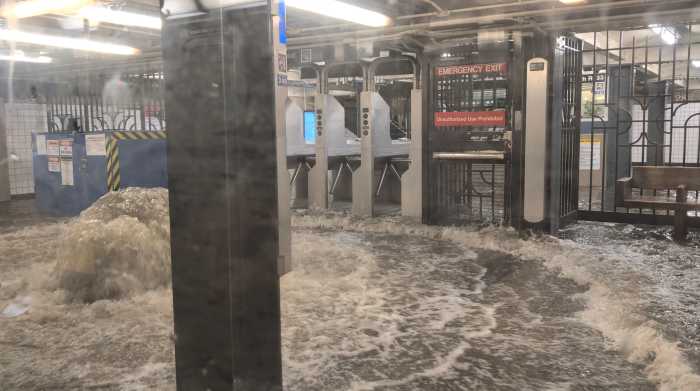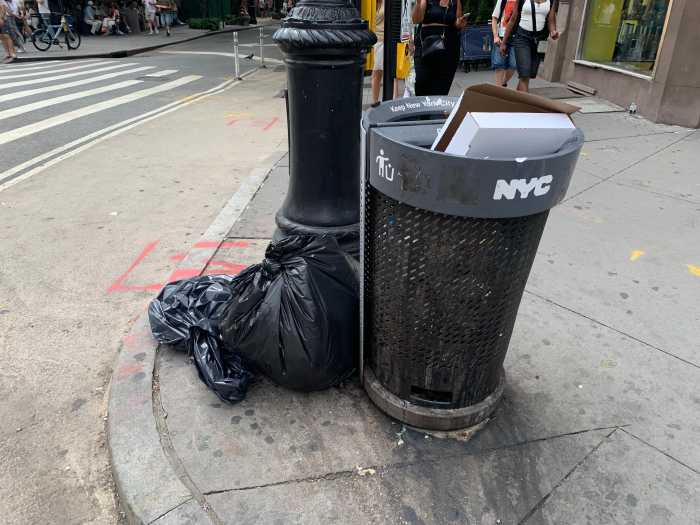
Who’s next?
That’s the worry preoccupying scores of NYC bicyclists after three of their own were killed on city streets in about a week just before the July 4 holiday, bringing total 2019 cyclist fatalities to 15.
Fear should not be the governing impulse of those just trying to take a healthy route to work or home.
NYC has made strides toward safer streets in recent years over multiple mayoral administrations. Mayor Bill de Blasio’s Vision Zero traffic-safety initiative has contributed to cars slowing down and fewer pedestrian and cyclist deaths, including a low of 10 cyclist fatalities last year.
But including the terrible back-to-back deaths of Robyn Hightman, Ernest Askew and Devra Freelander, that 2018 number has been surpassed with six months left in 2019.
Meanwhile, bike injuries and total traffic injuries have also ticked up this year, according to NYPD data.
The city Department of Transportation points to the dip in what it calls “serious injuries” from about 3,700 in 2013 to approximately 3,000 in 2017.
There are some signs of good news en route for cyclists and pedestrians. City leaders tout speed cameras. City Council Speaker Corey Johnson wants a “master plan” for a more bike- and pedestrian-friendly city. Congestion pricing, which will toll cars looking to enter parts of Manhattan, should reduce vehicular traffic.
And there are the bike lanes that sprouted under Michael Bloomberg and de Blasio. Total lane mileage is 1,240, but the more important number is 120. That’s the approximate mileage of on-street protected bike lanes.
It’s not enough.
Protected lanes separate riders from traffic with barriers including parked cars, and they are crucial to providing safe trips. A painted lane alone isn’t enough to keep a multi-ton vehicle from coming too close. And more protected lanes, and enforcement of clear lanes of all kinds, are necessary everywhere from Manhattan to parts of the city where skyscrapers are barely visible.
That’s one way to encourage more New Yorkers to take to two wheels — and to keep them safe when they do.




































